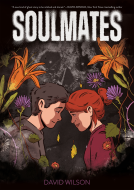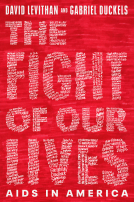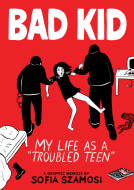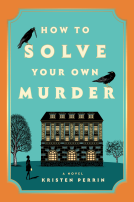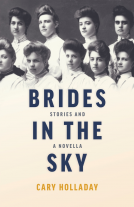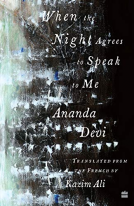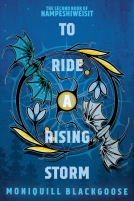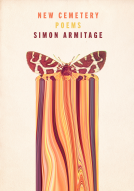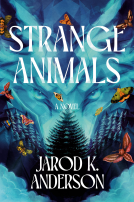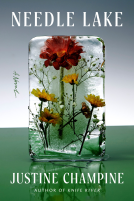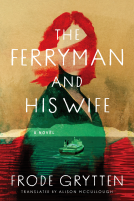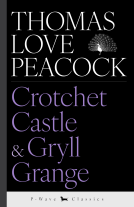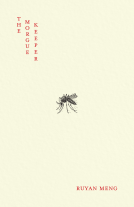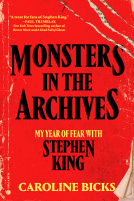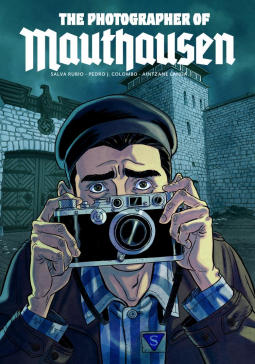
The Photographer of Mauthausen
by Written by Salva Rubio; Drawn by Pedro J. Colombo; Colored by Aintzane Landa
This title was previously available on NetGalley and is now archived.
Send NetGalley books directly to your Kindle or Kindle app
1
To read on a Kindle or Kindle app, please add kindle@netgalley.com as an approved email address to receive files in your Amazon account. Click here for step-by-step instructions.
2
Also find your Kindle email address within your Amazon account, and enter it here.
Pub Date Nov 11 2020 | Archive Date Nov 15 2020
Talking about this book? Use #ThePhotographerofMauthausen #NetGalley. More hashtag tips!
Description
This is a dramatic retelling of true events in the life of Francisco Boix, a Spanish press photographer and communist who fled to France at the beginning of World War II. But there, he found himself handed over by the French to the Nazis, who sent him to the notorious Mauthausen concentration camp, where he spent the war among thousands of other Spaniards and other prisoners. More than half of them would lose their lives there. Through an odd turn of events, Boix finds himself the confidant of an SS officer who is documenting prisoner deaths at the camp. Boix realizes that he has a chance to prove Nazi war crimes by stealing the negatives of these perverse photos—but only at the risk of his own life, that of a young Spanish boy he has sworn to protect, and, indeed, that of every prisoner in the camp.
Available Editions
| EDITION | Paperback |
| ISBN | 9781682476277 |
| PRICE | $19.95 (USD) |
Average rating from 80 members
Featured Reviews
I found this book to be authentic and engaging. While the content was justifiable horrifying, the graphic novel gave glimpses of beauty and hope. Rubio did an excellent job in the genre of historical fiction and as a graphic novel. Colomo and Landa combined to provide an appropriate setting for the story, which was mostly stark but gripping.
This would be an excellent high school reading assignment for literature and/or history.
"I received a complimentary copy of this book through NetGalley. Opinions expressed in this review are completely my own."
I received an e-copy of The Photographer of Mauthausen from Netgalley in exchange for an honest review.
I really didn't know what to expect from this graphic novel when I downloaded it but I am so glad that I did, this was not a story that I had ever heard about and seeing that it is a true story to one of the most talked-about events in history is mindblowing to me.
The Photographer of Mauthausen follows the true story of a Spanish man who was imprisoned in a nazi concentration camp during World War 2, that's the thing that always gets to me is that history leaves out just how many people that were non-Jewish were also sent to the camps. Francisco Boix is the name of the man that the story follows and he is tasked with photographing what was going on in the camps and while doing this he starts to hide away some of the pictures that are later used to convict nazi members.
This was a very heavy topic and like anything to do with the nazi and the concentration camps it was hard to read about but this is such a different perspective then any I had seen before and I am so glad that I read it.
Thank you so much for letting me review a copy.
 Diane H, Reviewer
Diane H, Reviewer
Mauthausen was a Nazi concentration camp. The Photography of Mauthausen tells the story of Spanish prisoner and former newspaper photographer Francisco. Director of the Erkennungsdienst, Ricken, was an amateur photographer himself. He orders Francisco to assist him in photographing the inmate death scenes.
And those scenes are horrific. Injecting gasoline into inmate’s hearts? Pushing prisoners into electrified fences “Just for laughs”? Ricken wanted to turn these terrible deaths into art. Francisco, with the help of the Spanish communists within the camp, wants to send them to the Russians to use for anti-Germany propaganda.
The Photography of Mauthausen is a perfect merging of story and art to tell a true memoir of a particularly malevolent time in human history. The coloring, especially the brown lithographic scenes, added to the emotion in the scenes. This is an important story that needs to be told. Plus it takes a new, more personal, perspective on concentration camp inmates and their guards. 5 stars!
Thanks to Dead Reckoning and NetGalley for a copy in exchange for my honest review.
 Reviewer 667900
Reviewer 667900
Graphic novels can be used to incredible effect, especially with laying out stories that may have otherwise go unheard. Moreover, its the type of medium where you can take in a panel for an infinite amount of time, as a way to stop it.
I had never heard of the Spanish photographer Francisco Boix or the Mauthausen concentration camp before, until now. This is a semi-factual account about the life and death in the camp as well as the incredible feat, he partook in, of stealing negatives of photos taken by the Nazis that were later used as evidence to expose the atrocities there.
The artists never shy away from displaying the horror and hardships lived there. The art is very intricate with deep, stark lines and dark, pale colours. The narrator's POV helps with immersion into that world and yet, as it is said later, I won't know what it was really like as I didn't live through the atrocities. There are many questions raised here, about doing the right thing and persistence to fight for a greater good with high risk when your life can be numbered at any time, and what happens when something you have fought for so hard is negligible in someone else's eyes. Worst of all, your mere survival suggests to them that you were a collaborator.
I would have appreciated a note regarding what parts of the novel were embellished. As the author mentions in the foreword and I could see for myself, even those freed may not have lived to tell us their story.
The Photographer of Mathausen features realistic art and historical storytelling, working in a combination to share a powerful and memorable story. I most appreciated the way this creative team incorporated factual content, and even photographs, in the narrative. Highly recommended!
 Erin D, Reviewer
Erin D, Reviewer
I was not familiar with Francisco Boix’s story before picking up The Photographer of Mauthausen, but the graphic novel struck such chords that I doubt I will ever forget it.
The book offers insight into the lives of Mauthausen's political prisoners and the protocols designed to exterminate them through hard labor. The artistry of the panels chronicles these realities, and while I found some of the illustrations challenging to absorb, I could not help but appreciate the care and dedicated resolve Rubio, Colombo, and Landa exhibit in their handling of the material.
I am drawn to themes when reading, and more than once lost myself in the ideas this story provoked. I was intrigued by the manufacture of visual propaganda as explored in the early portion of the novel, but I was also moved by the narrative's approach to the transformative effects of desperation, survivor guilt, and the question of how to chronicle experience to individuals who did not share in it.
It would be a crime not to mention supporting characters like Mateu and Marie-Claude Vaillant-Couturier, but their roles are very straightforward. Francisco represents something entirely different. He is a man forced to make hard choices, a man who lives in the shadow of death both before and after the war, and a man forced to navigate a world unready to hear his story. I could not recall seeing this sort of experience fictionalized before, and I liked how the layering of his realities forced me to consider both the handling of war crimes in the post-war years and the varied experiences of Holocaust victims.
Highly recommended.
Readers who liked this book also liked:
David Levithan; Gabriel Duckels
Nonfiction (Adult), Teens & YA
Sofia Szamosi
Biographies & Memoirs, Comics, Graphic Novels, Manga, Teens & YA
Thomas Love Peacock
General Fiction (Adult), Humor & Satire, Literary Fiction
